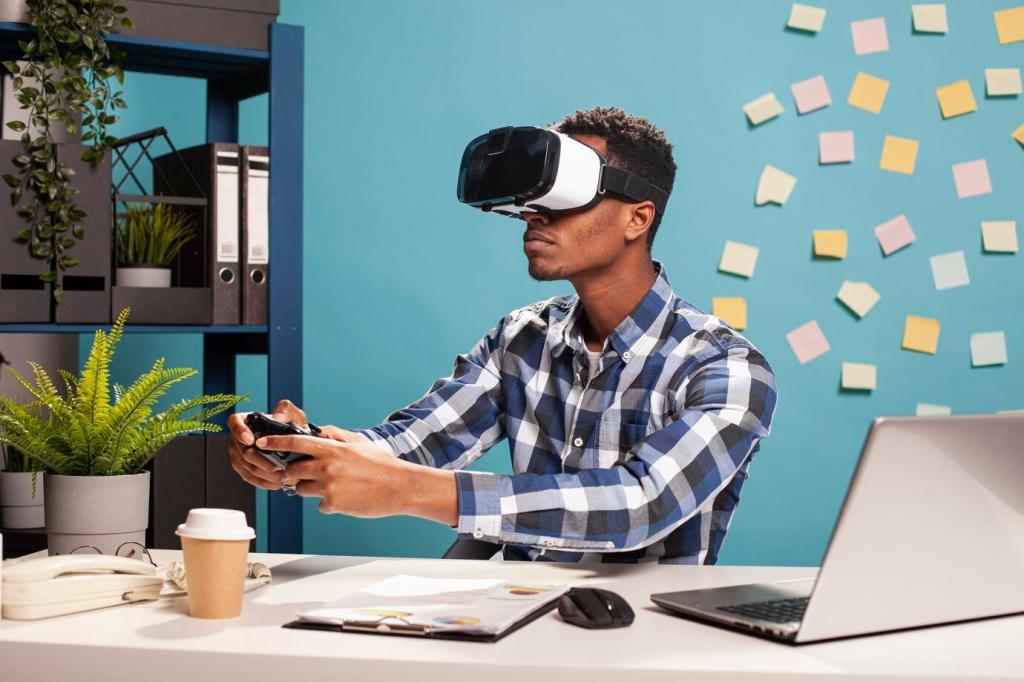
The History and Development of Smart Home Technology
The story of smart home technology is a fascinating journey that reveals the rapid strides in science, engineering, and human imagination. From early visions of automated living to today’s interconnected homes driven by artificial intelligence, this field reflects both our dreams for convenience and the constant evolution of technology. Understanding how smart home technology emerged and developed provides valuable insight into how it shapes our daily lives and what the future may hold for households worldwide.
Early Visions and Inventions
01
The earliest notions of home automation can be traced back to science fiction literature and speculative journalism. Writers imagined worlds where machines would anticipate every human need, performing chores like cleaning, cooking, and climate control. As the industrial revolution transformed daily life, mechanical gadgets began to appear in upper-class homes—heralding the first steps toward automation. These concepts not only fired the public imagination but also inspired inventors to experiment with mechanical timers and simple labor-saving devices, setting the stage for later technological breakthroughs.
02
By the early twentieth century, electricity brought about sweeping changes in domestic life. The introduction of electric irons, vacuum cleaners, refrigerators, and washing machines allowed homeowners a level of convenience previously unattainable. These appliances, though not interconnected or remotely controllable, automated many time-consuming chores and drastically improved quality of life. Their widespread adoption signaled the public’s readiness for technological convenience at home, illustrating both the potential market and the utility of domestic automation.
03
The 1950s witnessed the rise of futuristic homes often labeled as “push-button manors.” Popular media showcased residences where everything, from lighting to curtains, was controlled at the press of a button. This era was characterized by a sense of optimism about technology’s role in everyday life, fueled by post-war advancements and the electrification of homes. Though these early systems were often elaborate and expensive, they highlighted society’s increasing fascination with the idea of the automated home and presaged more practical innovations to come.
Emergence of Home Automation Systems
The late 1970s brought a major breakthrough with the development of the X10 communication protocol. This technology allowed electrical devices to communicate over existing power lines, enabling remote control of lights and appliances. X10 was pivotal because it provided a standardized way to connect and manage multiple devices, making automation more feasible for everyday homeowners. While early X10 products were sometimes unreliable and suffered from interference, this protocol established fundamental concepts that are still relevant in today’s smart homes.

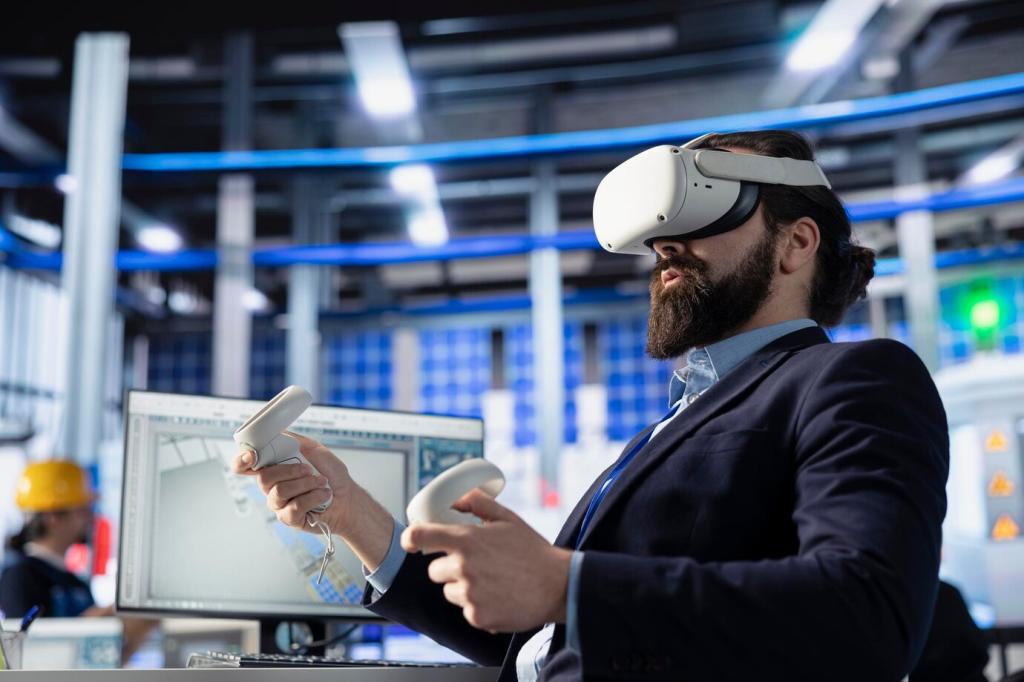
The widespread adoption of the internet in the 1990s profoundly impacted smart homes. Network connectivity enabled devices to communicate with each other and to be managed remotely from computers or web browsers. Home networking became more feasible and affordable, paving the way for a new class of smart devices. Remote monitoring and control offered unprecedented flexibility, shifting the smart home from a luxury to an increasingly attainable reality for tech-savvy homeowners.

The introduction of Wi-Fi, Bluetooth, and Zigbee further accelerated the evolution of home automation. Wireless communication allowed devices to exchange data without cumbersome wiring, greatly simplifying installation and use. Homeowners could add sensors, cameras, and smart plugs—and control them via smartphones or voice commands. These advances improved reliability and user experience, fostering a wave of consumer adoption and sparking the design of open ecosystems where brands could interoperate.

With internet-connected objects multiplying, the concept of the “Internet of Things” (IoT) entered mainstream discourse in the early 2000s. Everyday devices—from refrigerators to thermostats—became capable of sending and receiving data. IoT accelerated smart home innovation, enabling automation scenarios that reacted to user preferences, location data, or weather conditions. This vision of interconnected objects made homes far more adaptive and marked a decisive shift toward today’s data-driven, responsive living environments.
Mainstream Adoption and Growth
Proliferation of Smart Devices
The 2010s saw a rapid increase in the range and availability of smart home devices. Smart thermostats, light bulbs, cameras, and plugs appeared on store shelves and online marketplaces at affordable prices. Companies raced to innovate and offer user-friendly products that could be set up easily by homeowners themselves. The accessibility and sheer variety of devices enabled millions of people to start “smartening” their homes in incremental ways, increasing awareness of the category and building a foundation for further expansion.

Challenges and Security Concerns
Many smart home devices collect extensive personal data to provide personalized experiences or enable automation. While beneficial, this data collection has raised concerns about user privacy and the potential misuse of sensitive information. Manufacturers and developers have had to balance innovation with transparent privacy policies, often responding to regulatory scrutiny or public unease. The history and development of smart homes are, therefore, closely intertwined with evolving social debates about the right to privacy in a digital age.
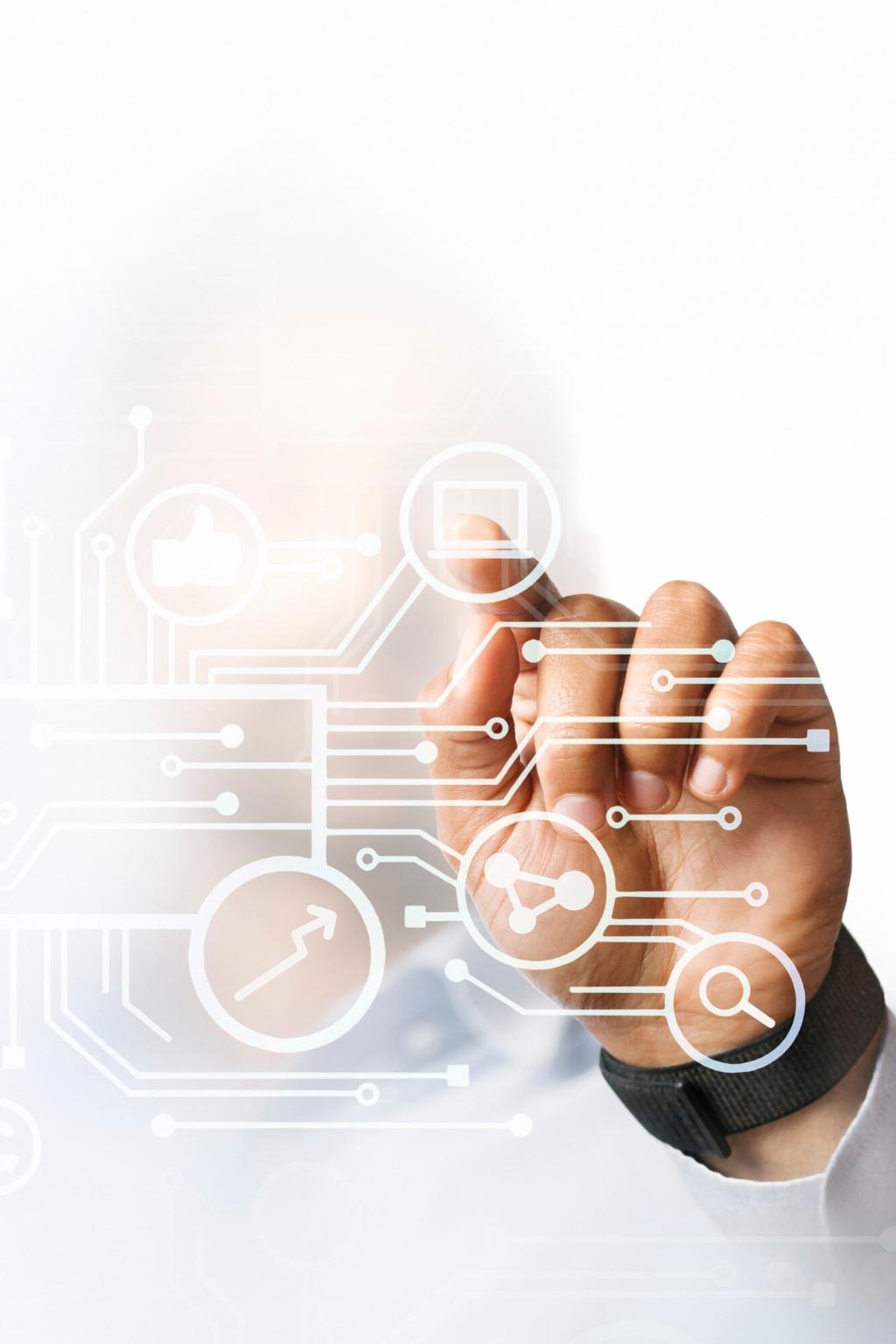
AI-driven automation enables homes to adapt over time to occupants’ routines and preferences. By analyzing usage patterns, environmental data, and contextual cues, systems can predict when to adjust lighting, heating, or even alert users to maintenance needs. This learning capability moves smart homes beyond simple programmed routines, making them proactive participants in users’ daily lives. The rise of affordable, powerful processors has accelerated the adoption of machine learning in consumer devices.
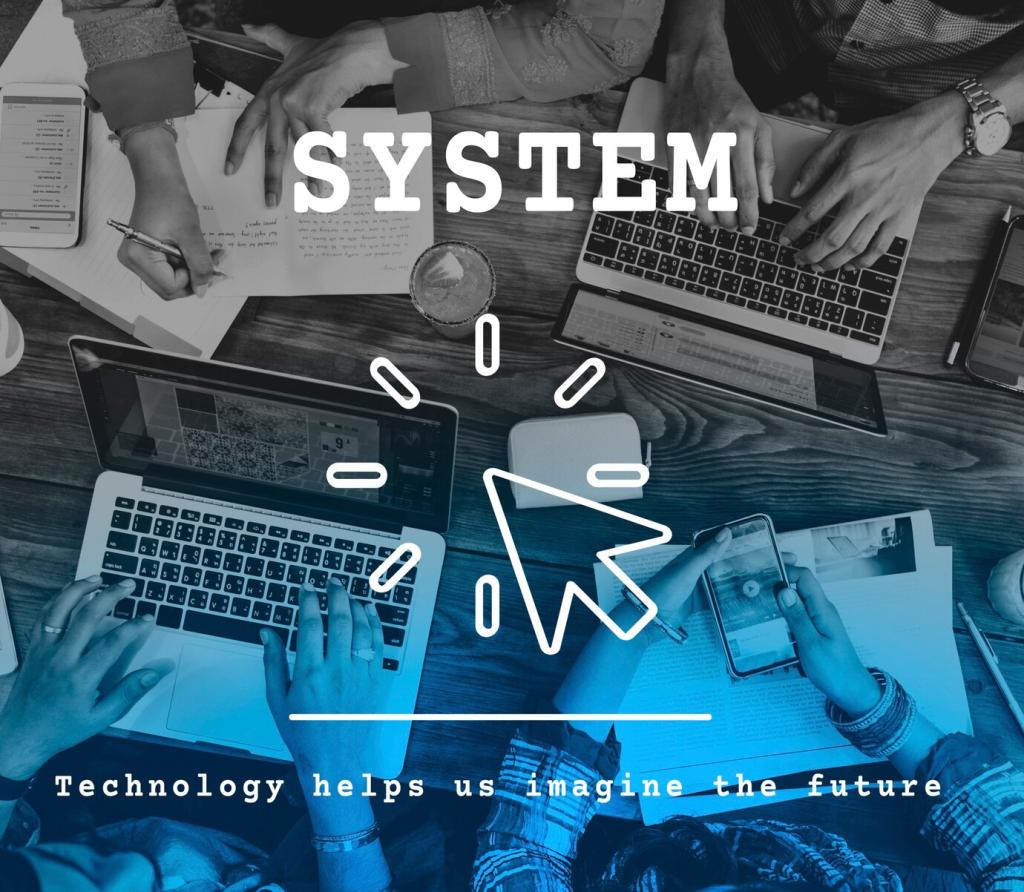
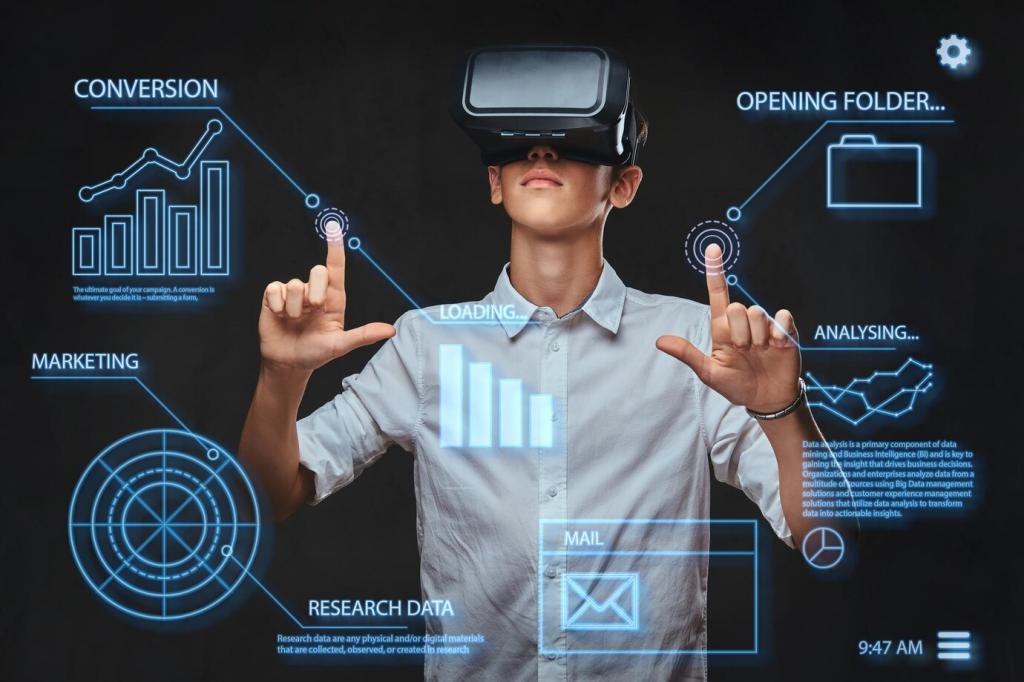
Energy Efficiency and Environmental Benefits
Smart homes play a critical role in optimizing energy consumption, reducing waste, and lowering environmental footprints. Automated thermostats, smart meters, and connected appliances monitor and manage energy use far more efficiently than traditional systems. As energy costs rise and sustainability becomes a pressing global concern, the environmental benefits of smart home technology are increasingly advocated by governments and environmental organizations alike.

Impact on Urban Living and Aging Populations
The technology is shaping the way people live in cities and supports aging in place for older adults. Smart devices help residents manage smaller apartments or connect with care providers remotely. Remote monitoring tools and fall detection systems offer peace of mind for families with elderly relatives. The adaptation of smart systems for accessibility also represents a key milestone in inclusive design, removing barriers and empowering vulnerable populations to live independently.

Toward the Connected Home of Tomorrow
Looking ahead, advances in smart materials, robotics, and quantum computing suggest an even more dazzling future for smart homes. Homes may soon feature self-healing appliances, fully autonomous security drones, and environments that anticipate needs before they are expressed. The continuous evolution of standards, cybersecurity, and AI promises that tomorrow’s homes will be more interconnected, adaptive, and supportive of a sustainable and convenient lifestyle.
